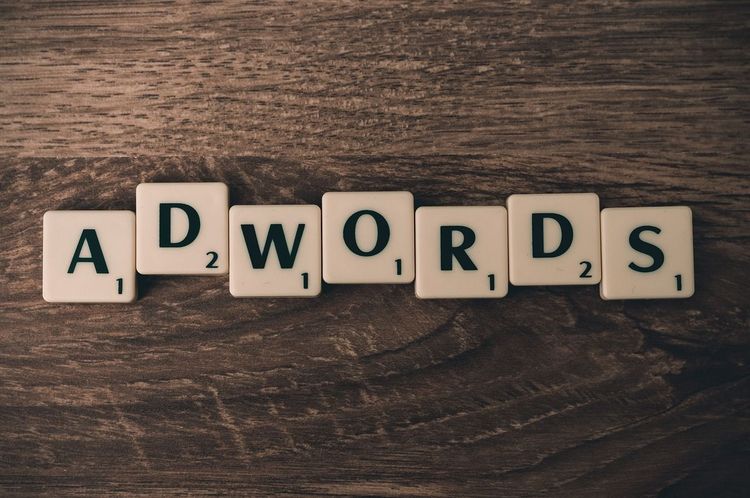Google has made its latest text-to-image AI model, Imagen 3, available to all U.S. users through the ImageFX platform. This release is accompanied by a detailed research paper on the technology.
This significant expansion follows the model's initial announcement at Google I/O in May and its limited access in June to select Vertex AI users.
The research team stated, "We introduce Imagen 3, a latent diffusion model that generates high-quality images from text prompts. Imagen 3 outperforms other leading models at the time of evaluation."
This launch coincides with xAI’s introduction of Grok-2, a competing AI system with fewer image generation restrictions. This highlights contrasting philosophies on AI ethics and content moderation in the tech landscape.
Imagen 3: A Strategic Move in the AI Arms Race
Google's release of Imagen 3 to the U.S. public marks a pivotal moment in the escalating AI arms race. User feedback has been mixed. While some users commend its enhanced texture and word recognition, others express frustration with its stringent content filters.
One Reddit user remarked, "Quality is much higher with amazing texture and word recognition, but it feels worse than Imagen 2. I'm putting in more effort with higher error rates."
Critics have focused on the censorship within Imagen 3, with many noting that benign prompts are often blocked. A Reddit user commented, "Way too censored; I can't even make a cyborg!" Another user stated, "[It] denied half my inputs, and I’m not even trying for anything outrageous."
These comments reveal the delicate balance between Google’s commitment to responsible AI usage and users' desire for creative expression. Google has reiterated its focus on responsible AI development, emphasizing, "We implemented extensive filtering and data labeling to minimize harmful content in datasets and reduce the likelihood of harmful outputs."
Grok-2: xAI’s Controversial Unrestricted Model
Contrastingly, xAI’s Grok-2, integrated into Elon Musk’s social platform X, allows nearly unrestricted image generation. This lack of limitations has resulted in a surge of controversial content, including manipulated images of public figures and graphic depictions typically forbidden by other AI companies.
The differing approaches of Google and xAI highlight an ongoing debate about balancing innovation and responsibility in AI development. While Google’s cautious methodology aims to prevent misuse, it has frustrated users who feel restricted. In contrast, xAI’s lenient model raises concerns about the potential for spreading misinformation and offensive content.
Experts are closely monitoring how these strategies will unfold, especially as the U.S. presidential election nears. The absence of safeguards in Grok-2’s image generation has prompted speculation about whether xAI will face mounting pressure to implement restrictions.
The Future of AI Image Generation: Creativity vs. Responsibility
Despite the controversies, some users appreciate Google’s more moderated approach. A marketing professional on Reddit shared, "Generating images with Adobe Firefly is much easier than sifting through countless stock site pages."
As AI image generation technology becomes increasingly accessible, important questions are arising about content moderation, the balance of creativity and responsibility, and the potential influence of these tools on public discourse and information integrity.
The upcoming months will be crucial for both Google and xAI as they respond to user feedback, navigate potential regulatory scrutiny, and consider the broader implications of their technological choices. The results of their respective approaches could significantly shape the future of AI tools in the tech industry.







